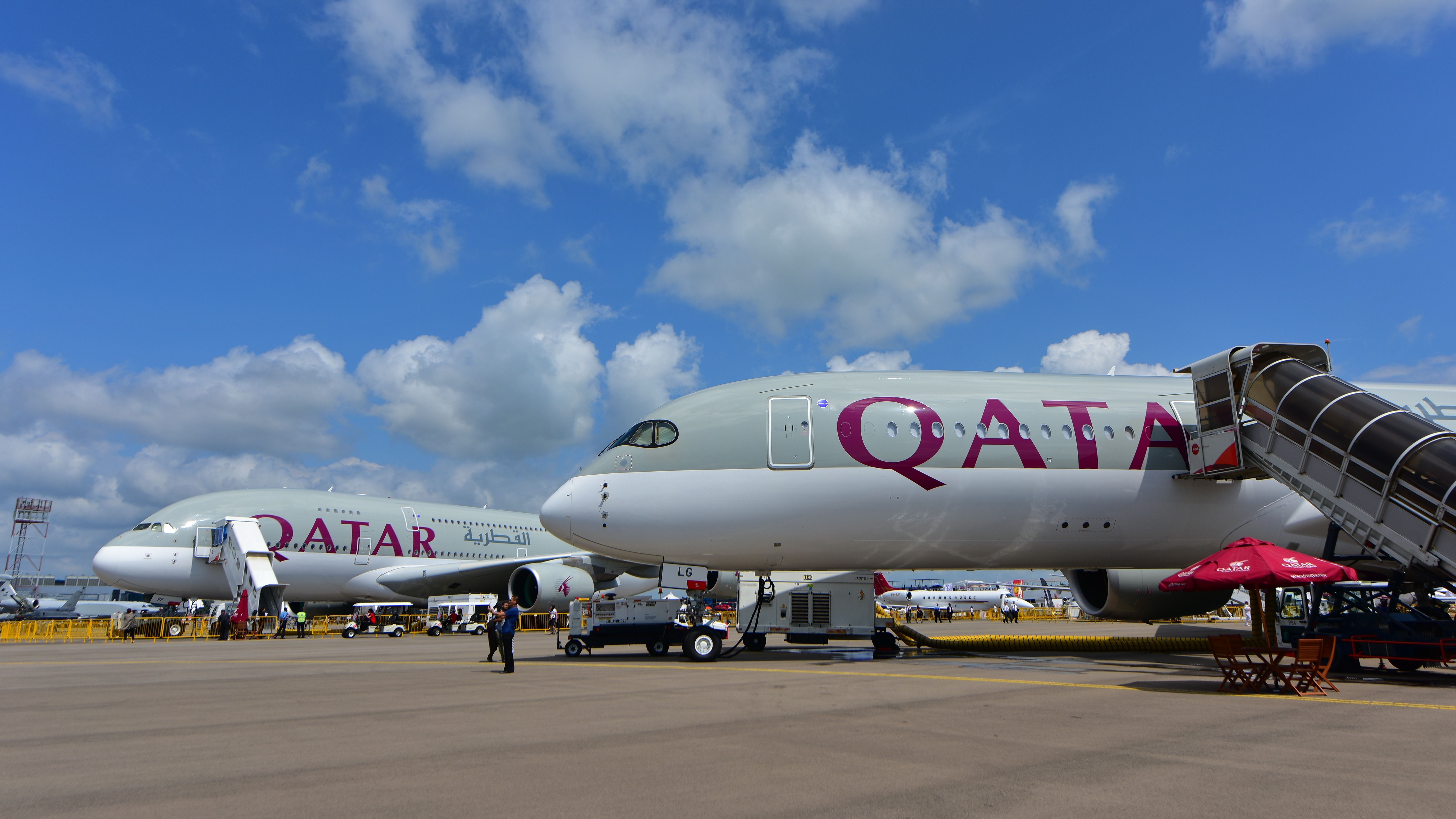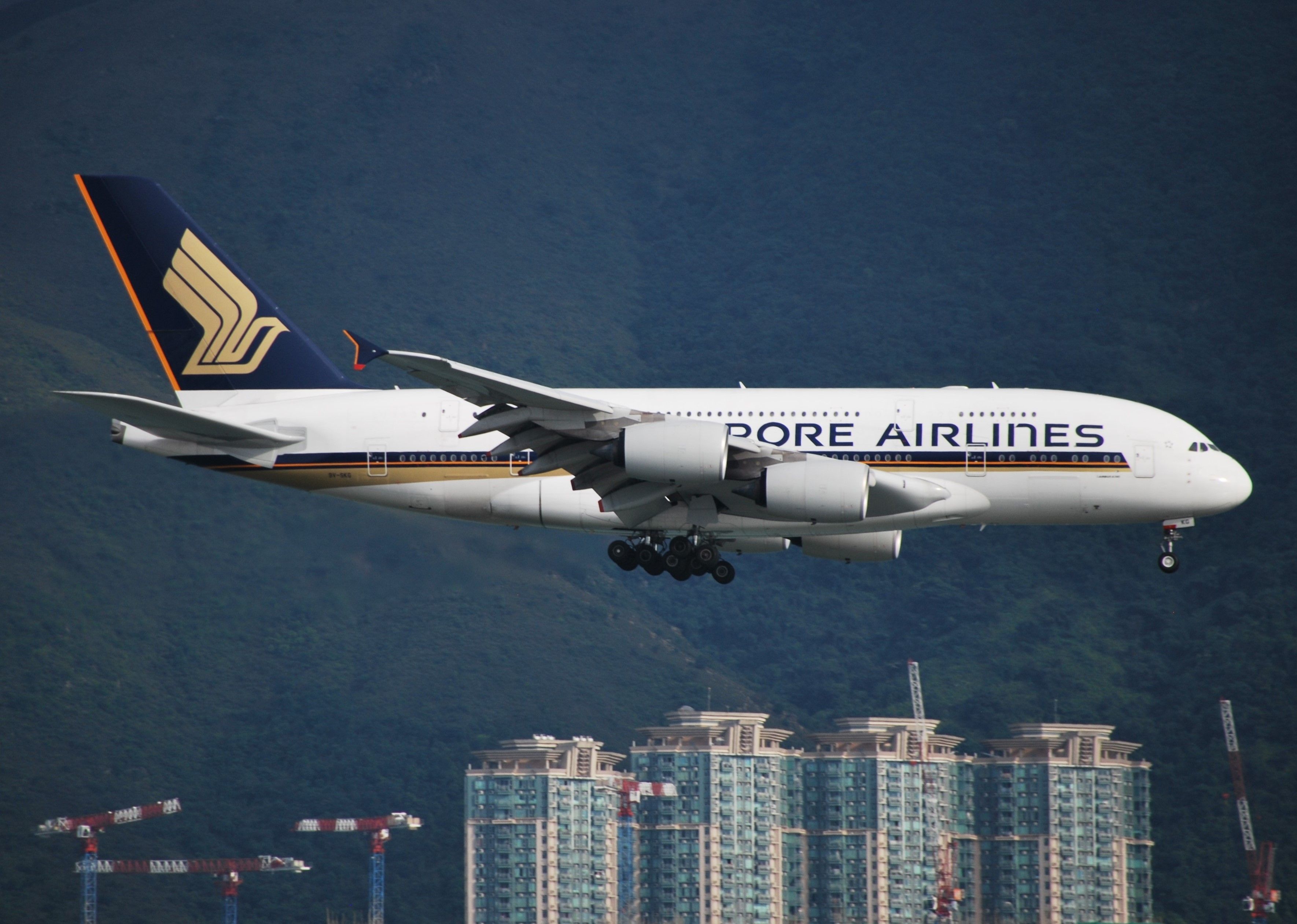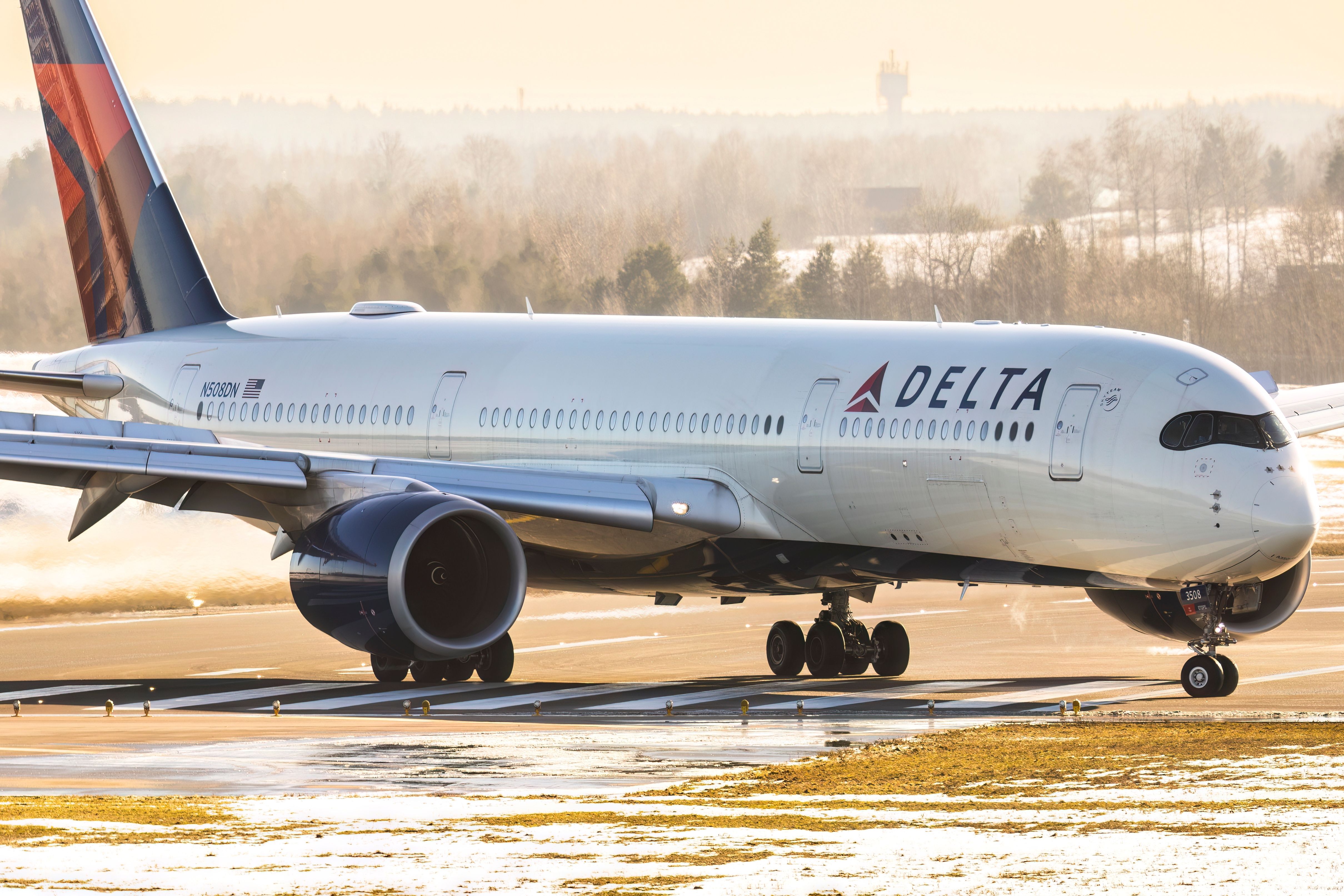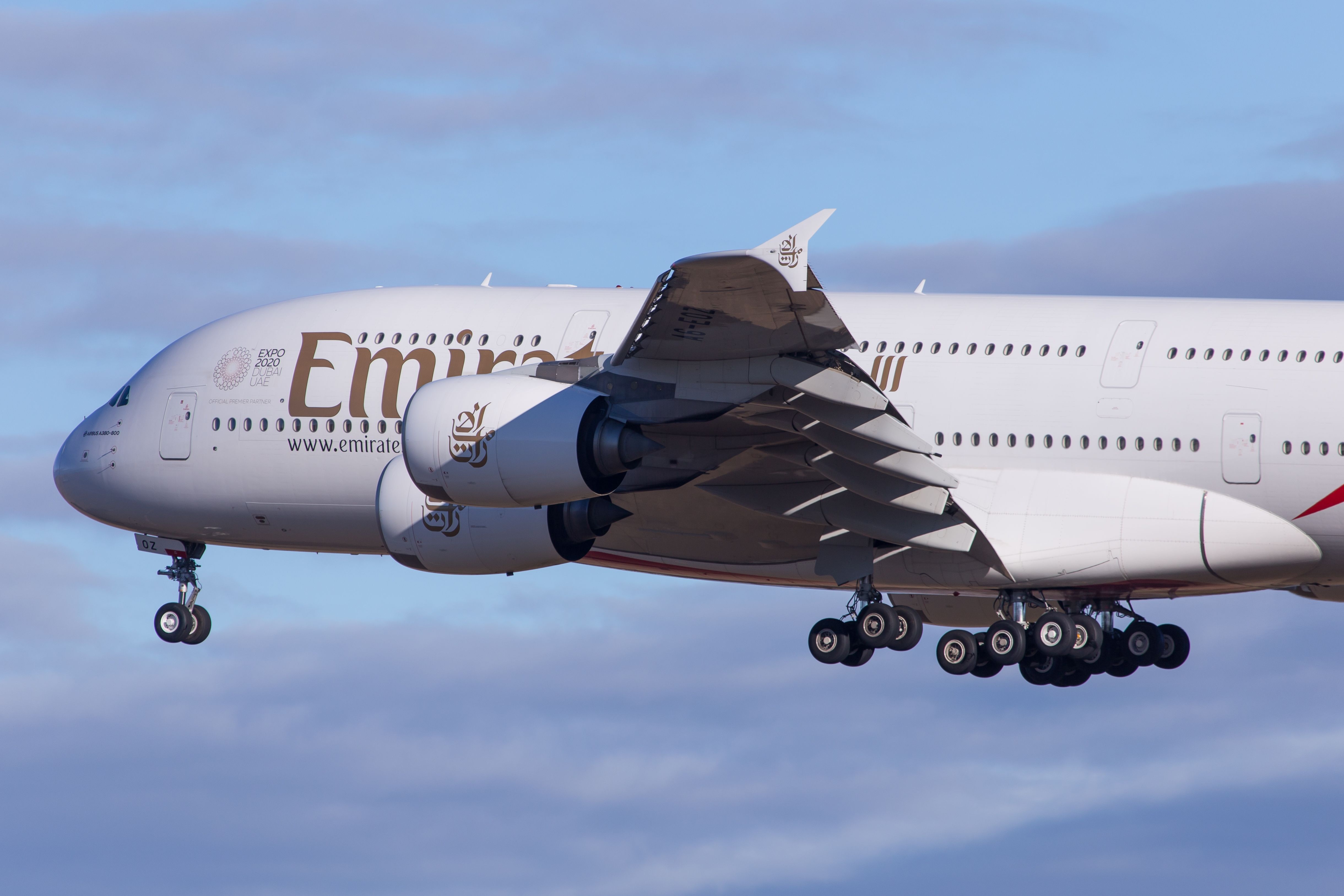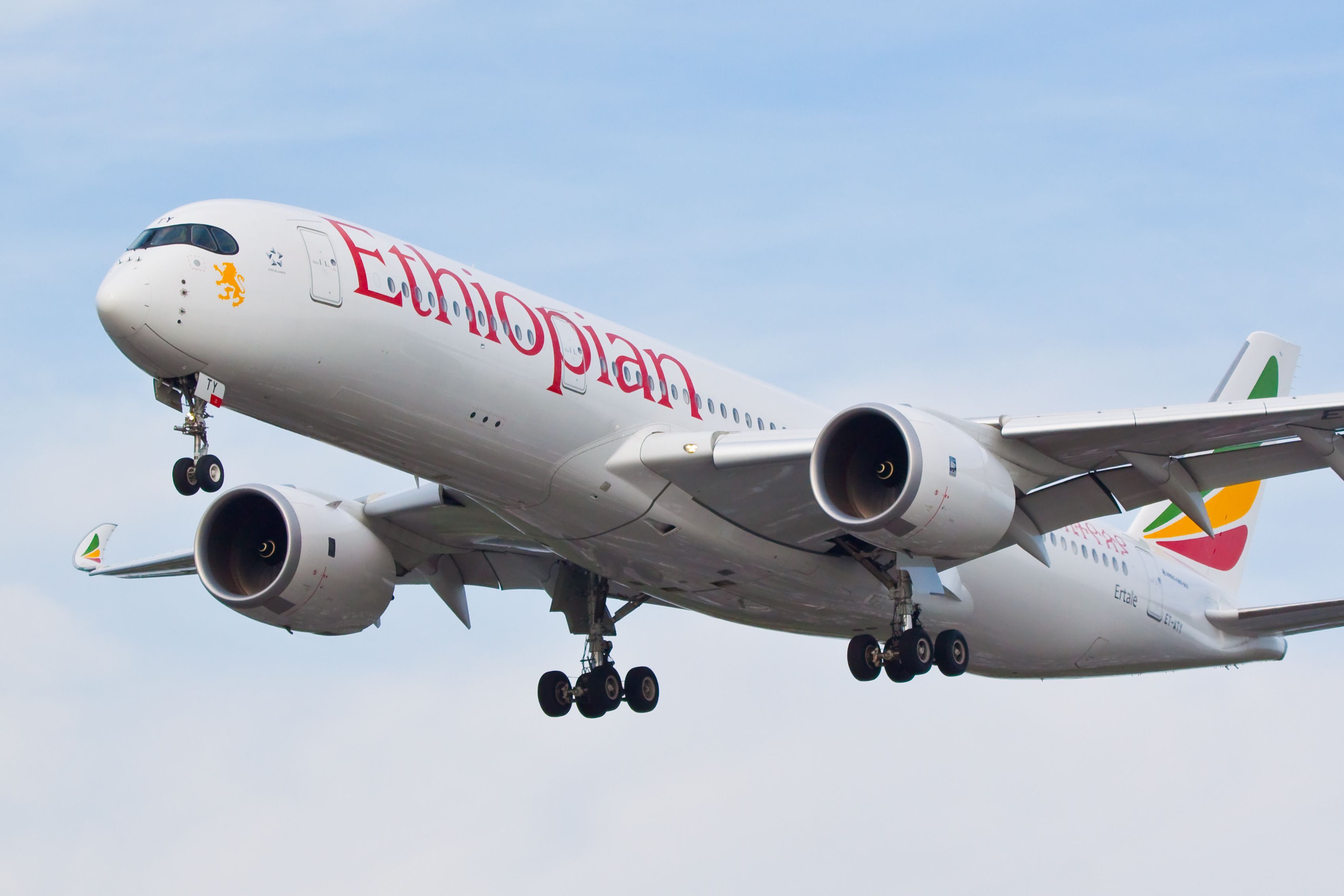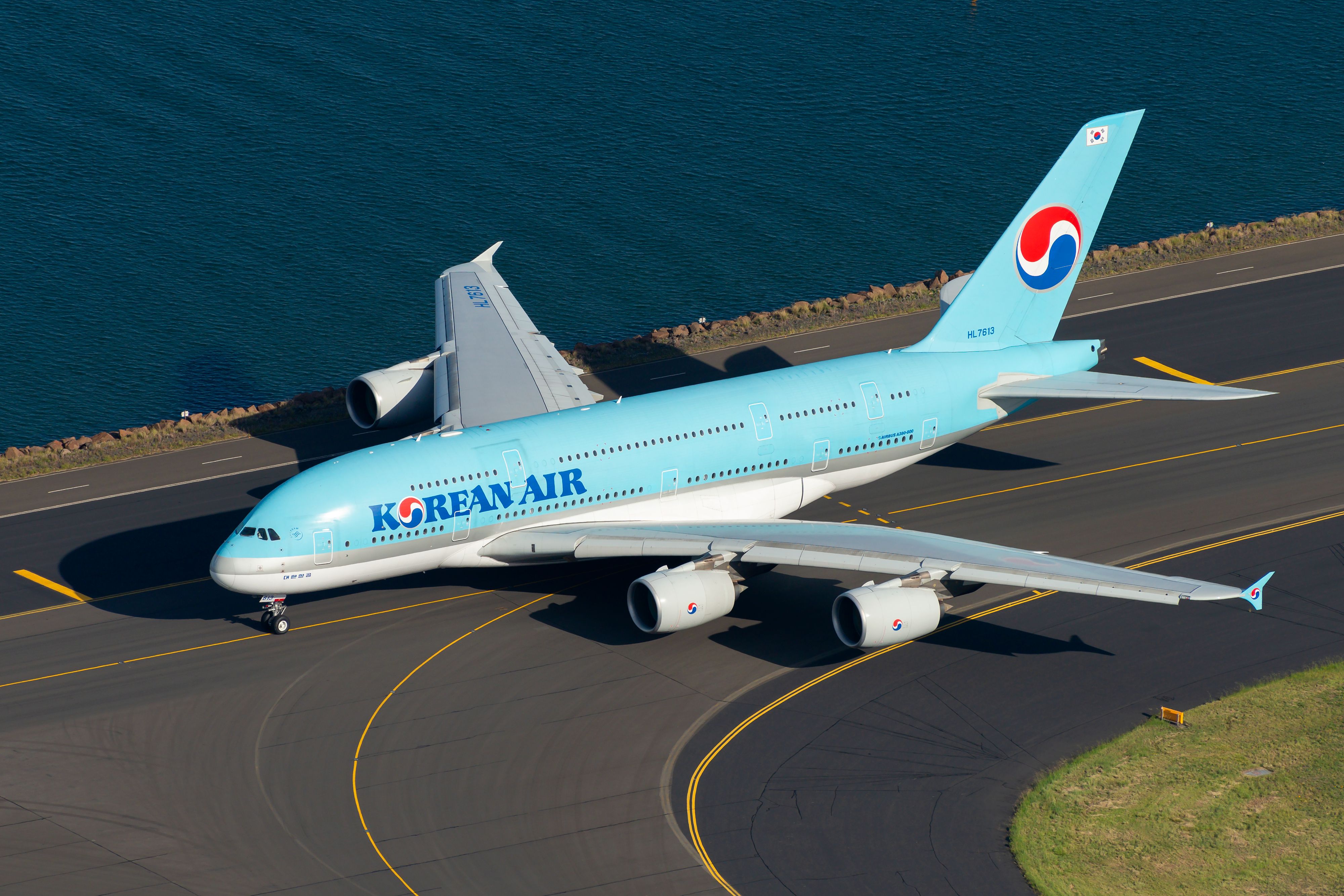Quick Links
Summary
- The Airbus A380, while initially exciting, turned out to be a financial disappointment for its manufacturer.
- The A350, on the other hand, is proving to be fit for the future with its strong order book, a vast array of customers, and better fuel efficiency.
- Airbus’ A380 offers luxury and spaciousness, particularly in first class, but the A350 offers better cabin pressure, minimized jetlag, and greater humidity for a more comfortable journey.
The Airbus A380, or Giant of the Skies as it is appropriately dubbed, was a groundbreaking aircraft in many respects. When Airbus launched the double-decker behemoth quadjet program in 2000, it generated a massive amount of excitement for an industry that, at the time, saw no end to the need for capacity. However, it turned out to be a financial blow for its manufacturer.
In most cases, the success of the A380 was short-lived, and its position as Airbus’ flagship aircraft soon came to an end. On the other hand, its successor, the more nimble twinjet A350, is proving itself fit for years to come. It has a strong order book and an extensive lineup of operators. Let’s compare these two widebodies to see how they stand up to one another - beyond their noticeable height difference.
The vital statistics
Both the A380 and A350 were created with similar mission objectives in mind and are meant to ferry large numbers of people far distances across the globe. However, the A380 took this mission profile to the extreme. Its colossal capacity was designed for an era that had already passed by the time it was flying, which ultimately became its downfall.
Let’s begin by looking at the specific stats and numbers for both of these two Airbus giants side by side.
|
A380 |
A350-1000 |
A350-900 |
|
|
Passengers |
853 max or 555 (22F + 96J + 437Y three class) |
387 (2-class) |
300-350 (3-class) |
|
Range |
14,800 km (8,000 NM) |
16,100 km (8,700 NM) |
18,000 km (9,700 NM) |
|
Cargo Capacity |
175.2 m3 |
208.2 m3 |
36 LD3 containers |
|
Fuel Capacity |
323,546 liters |
159,000 liters |
166,488 liters |
Capacity
It should come as no surprise that the A380, with its two floors, dominates any conversation about passenger capacity. It maxes out at 853 passengers in a one-class layout. However, no airline has operated it to such capacity (although Emirates unveiled one with 615 seats in 2015). A ‘regular’ configuration lands somewhere between 379 (in a four-class layout for Singapore Airlines) and 520 (ANA’s Flying Honu liveried three units).
This puts it (theoretically) on somewhat more of an equal footing with the maximum amount of 440 for the A350-1000. However, Airbus states that the twinjet “comfortably accommodates” from 350 to 410 passengers in a standard three-class configuration. For instance, Cathay Pacific flies it with 334 seats in a three-class configuration.
Out of the airlines that have operated both, British Airways put 331 seats on its A350-1000 and 469 on its A380s. Qatar Airways, the largest operator of the A350-1000, puts 327 and 517 seats in the units it has of each type.
Range and flexibility
Surprisingly, for all its size, the A380 can’t go as far as the A350. The A350-1000 can travel more than 1,000 km (540 NM) further than the Super Jumbo. Singapore Airlines has a unique ‘ultra-long-range’ (ULR) A350-900, which it utilizes on the longest route in the world, from Singapore to New York JFK. This particular version of the aircraft, of which the carrier owns seven, can fly up to 18,000 km (9,700 NM).
With a greater range, the A350 offers more route choices for airlines globally. Furthermore, its lower passenger capacity becomes an advantage, allowing carriers to consider routes to secondary airports rather than needing to stick to hub-to-hub operations.
It would be amiss when talking about flexibility, not to mention the airport limitations of the A380. Its colossal size and extended wingspan mean it is categorized as a Code F aircraft by the International Civil Aviation Organization (ICAO). The FAA classifies it as a Design Group VI aircraft.
This designation limits the airports classified as able to handle it to around 124 worldwide. A further 95 are classed as ‘alternates,’ airports capable of accepting an A380 in times of need but not necessarily set up with the correct jet bridges and other equipment to handle it efficiently.
Airbus has always tried to insist that almost 400 airports worldwide could have A380 service. Still, with no more deliveries of the double-decker taking place, we’re unlikely to see any new destinations opening up in the near future. The A380 can be seen in 55 airports as of November 2023.
Fuel efficiency
The rapid onset of the crisis in aviation due to the pandemic caused an earlier-than-planned mass exodus of four-engine aircraft from the global fleet. Beginning in March 2020, the industry witnessed a slew of quadjet retirements, including the Boeing 747, Airbus A340, and, of course, the A380. Of the 254s A380s ever made, only 146 are active as of November 2023.
The A350, on the other hand, remained very much in use even during the crisis, and it is currently seeing a growth potential for the future years. One of the most significant reasons for this is the A380’s lack of efficiency. While the aircraft makes sense when flying full on longer routes, the A350 knocks it out of the park regarding fuel burn. In an interview during the height of the crisis, the then CEO of Qatar Airways, Akbar al Baker, commented that,
“We found that, on a typical one way flight, the Airbus A350 aircraft saved a minimum of 16 tons of CO2 per block hour compared to the Airbus A380. Analysis also found that the Airbus A380 emitted over 80% more carbon dioxide per block hour than the Airbus A350 on each of these routes.”
Fuel efficient fleets are not only of benefit during a pandemic or in the context of the ongoing jet fuel price hike. They are also the way forward for aviation in general. The disappearance of the quadjets, while sad for avgeeks and passengers, will be an advantage for the planet and the industry’s battle against CO2 emissions.
Passenger experience
People love the A380. It’s big, comfortable, and quiet, but how does the passenger experience compare with a more modern aircraft like the A350? For input on this, we turned to our friends at God Save The Points for inspiration.
According to Mr Ott, there are some significant positives for the Airbus A380. He says it is ‘whisper quiet,’ and its size makes airborne maneuvers very stable. These aircraft often have added extras for premium passengers, such as bars or showers, and the inbuilt anti-turbulence system makes for a smooth ride.
On the downside, while the A380 has lots of space to make first and business something special, the seating can often be pretty dense back in economy. Compared to more modern aircraft like the A350 and the Boeing 787 Dreamliner, the cabin pressurization is not quite up to newer standards. This means that passengers are likely to arrive feeling a bit more frazzled than when traveling on the other new similar widebodies.
For the A350, in particular, passengers can expect the best cabin pressure of any aircraft. Coupled with intelligent mood lighting, this minimizes jetlag and lets you arrive at your destination feeling comparably more refreshed. The high ceiling, straight sidewalls, and wide seats all help offer an experience of spaciousness not provided by other aircraft. It also has 5% greater humidity than even the Dreamliner, which helps prevent dehydration.
The A350 doesn’t have the space to provide showers or proper bar areas. However, airlines are getting creative with their layouts. Virgin Atlantic, for example, has added ‘The Loft,’ a small social space for premium passengers to share a drink or watch a movie together. Overall, though, for those traveling up in first class, the A380 is somewhat unbeatable. Where else can you have a shower a mile high up in the air? But for us mere mortals journeying further back in the plane, the A350 comes out as the clear winner.
Orders
While the A380 unsurprisingly snags the first spot in terms of capacity and luxuriously spacious premium offerings, when it comes to orders, it should come as no great shock that the A350 comes out a long way ahead. Airbus’ A380 was always a niche aircraft and only received orders from 14 airlines. In total, the A380 sold 251 units. Production wrapped up last year, with Airbus delivering the final ever to Emirates in December 2021.
Altogether, the A350-900 and -1000 have sold 1056 units, with 565 deliveries to date (476 and 79, respectively). It has been bought by 51 companies (including airlines and lessors). The range of airlines and routes this aircraft flies proves its versatility and excellence regarding efficiency and has solidified its place in the future global fleet.
So, which is better?
For lovers of aviation, engineering, and all things unconventional, the A380 will always hold a special place in their hearts. The giant superjumbo broke boundaries in size, range, and technology. Unfortunately, by the time it was released, the commercial aviation landscape that prompted its creation had shifted, and it just did not command the same place for which it was intended. However, its biggest operator says that is just down to airlines not utilizing it correctly.
The A350, on the other hand, may lack the glamor and wow factor of its bigger sister. Nevertheless, it is a superb aircraft with excellent fuel efficiency and enough passenger comfort to please any flyer. In an age where flexibility, agility, and efficiency are prized much higher than flying hotels with showers onboard, the A350 is undeniably a much better fit for the future.
For an airline, the best aircraft is certainly the A350. For everyone else - let’s just hope we can get over the allure and impact of the A380 and learn to love the good things that come in smaller packages, too.
Which one of the two is your favorite, and why? Let us know in the comments.

